
News of the world's top ten science and technology in 2018: the presence of ice water, ion-driven aircraft, and wheat genetic maps on the moon
2019-01-08
Sponsored by the Chinese Academy of Sciences, the Chinese Academy of Engineering, the Chinese Academy of Sciences, the Chinese Academy of Engineering, the Chinese Academy of Sciences, the Chinese Academy of Sciences and the Chinese Academy of Engineering, the 20th China Science and Technology Progress News, the World's Top Ten Science and Technology Progress News, It was announced in Beijing on January 2nd.
1. "Insight" unmanned detector successfully landed on Mars
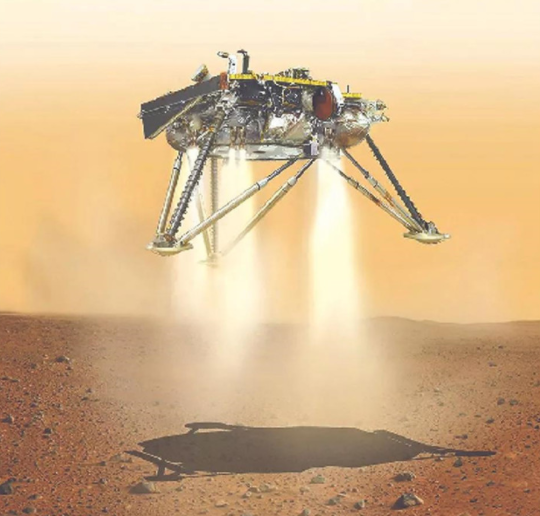
The NASA "Insight" unmanned probe was successfully landed on Mars at 14:54 on November 26, EST, and performed the first human exploration of Mars' "inner heart" mission.
NASA's live video shows that after the "Insight" entered the Martian atmosphere, it entered, descended and landed in about 7 minutes, and then landed smoothly on the Martian Ehrlich Plain. Subsequently, the "Insight" passed back the photos of Mars at 15 o'clock through the mini-satellite with which it was travelling.
Rob Manning, chief engineer of the NASA Jet Propulsion Laboratory, said the photo was significant, marking the official start of the "Insight".
2. Researchers discover new photosynthesis
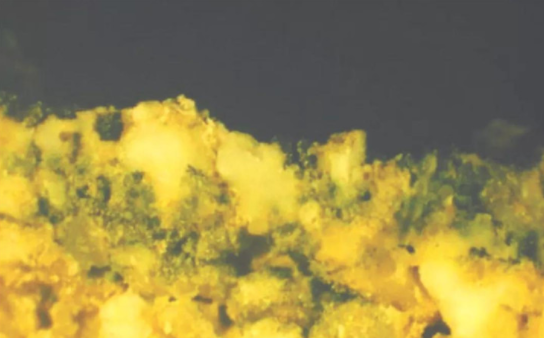
According to a new study published in the June issue of Science, cyanobacteria can use near-infrared light for photosynthesis, the mechanism of which is different from the previously known photosynthesis. This discovery is expected to bring new ideas to the search for extraterrestrial life and improved crops.
Researchers at Imperial College of Science believe that this discovery can be used to search for extraterrestrial life, and there may be photosynthesis life in places where near-infrared light is present; this discovery can also be used to guide the design of new crops to allow crops to Use a wider spectrum of light.
3. The first ion-driven aircraft was successfully developed
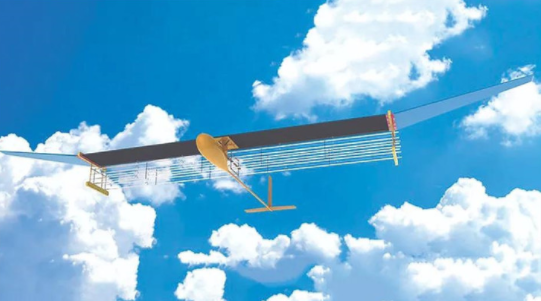
On November 21st, a paper published by researchers at the Massachusetts Institute of Technology in Nature said that they created and tested the first aircraft that did not require any moving parts.
The 2.45 kg experimental aircraft did not rely on the propulsion of any rotating turbine blades and flew 60 meters autonomously using direct electric propulsion. Researchers believe that if this technology is implemented in large sizes, it will be able to produce safer, quieter, and easier to maintain aircraft in the future.
Most importantly, this technology does not release the burned emissions at all, because the entire flight process is entirely powered by the battery.
4. US scientists "seamlessly" two crystals at the atomic level

In March, American scientists introduced a new technology that can "seam seamlessly" two ultra-thin crystals at the atomic level in the latest issue of Science. This will make it possible to manufacture high quality new electronic products.
In the field of electronics, the interface region "heterojunction" formed by two different semiconductor contacts is an important component of solar cells, LEDs (light-emitting diodes) or computer chips. The flatter the contact interface between the two materials, the easier the electron flow and the superior product performance.
This material will help develop flexible LEDs, two-dimensional circuits with several atomic thicknesses, and fibers that can be discolored after stretching.
5. New method to restore congenital blind mice
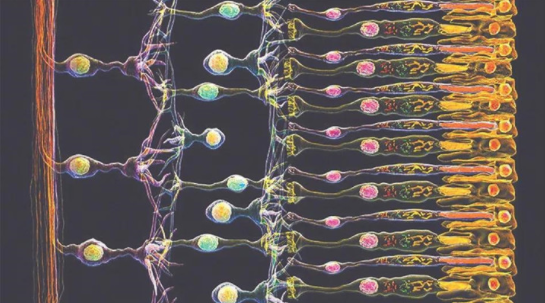
American researchers have succeeded in reviving congenital blind mice with a new method, which has brought new hopes for the treatment of blinding diseases such as retinitis pigmentosa. The research was published in the British journal Nature on August 15.
The researchers used gene transfer methods in mouse experiments to cause Miller glial cells to divide and develop into sensitized rod cells.
The newly developed rod cells are structurally indistinguishable from natural rod cells and form synaptic structures that allow them to communicate with other nerve cells in the retina.
6. The source of the universe's high-energy "ghost particles" is the first to be traced
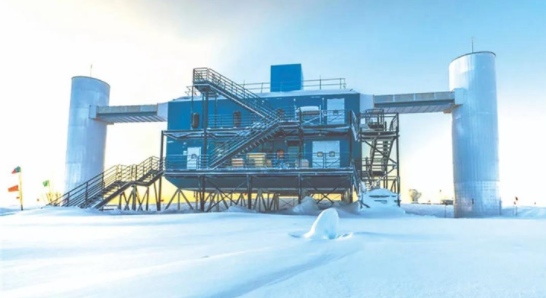
Multinational scientists announced on July 12 that they first discovered the source of high-energy neutrinos in the universe. This breakthrough will provide a new way to understand the universe and promote multi-message astronomy into a new era.
Because neutrinos can freely pass through human bodies, planets, and space, it is difficult to capture and detect. Scientists also call it the "invisible man" in the universe. For a long time, astronomers have used electromagnetic waves such as X-rays, visible light, and radio waves to study astronomical phenomena.
In 2016, scientists announced the first direct detection of the existence of gravitational waves, opening a new window to observe the universe.
7. After 13 years of wheat genome mapping completed

After 13 years of hard work, more than 200 scientists from 73 research institutions in 20 countries have finally drawn a complete map of the wheat genome.
The International Wheat Genomic Sequencing Association published a paper in the American journal Science on August 16th. They used a wheat genetic research model called "Chinese Spring" as a material to study and integrate 21 wheat chromosome reference sequences to obtain 107891. The precise location of the genes, over 4 million molecular markers, and sequence information that affects gene expression.
Scientists believe that the mapping of the wheat genome map can help to breed wheat varieties that are resistant to drought, disease and high yield. According to the International Wheat Genome Sequencing Association, the global population is expected to reach 9.6 billion by 2050, and wheat production needs to increase by 1.6% per year to meet future demand.
8. Scientists first discovered signs of the existence of the Milky Way
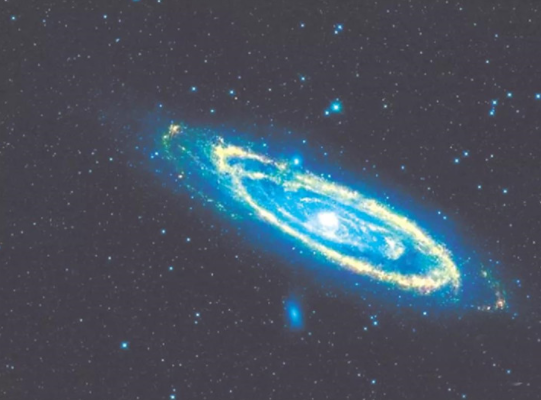
In February, American scientists first discovered the presence of extragalactic planets with the help of the "microgravity lens" effect. The number of these planets is about 2,000, far beyond 3.8 billion light years, and the mass is between the moon and Jupiter.
They published a report in the American Journal of Astrophysics, saying that the celestial body is the core area of a galaxy with a supermassive black hole in the center; these planets are not affiliated with any star, and long ago they were separated from the gravitational binding of the parent star. Starry children.
These small shifts in the spectrum may also come from quasars themselves or other small galaxies.
9. Researchers use genetic scissors technology to develop "gene test strips"

Zhang Feng, a Chinese expert at the Broad Institute in the United States, led a team to develop "genetic test strips" and successfully detected some viral infections and tumor markers in lung cancer patients in the laboratory.
A paper published in the February 15 issue of Science found that simply immersing a "gene test strip" into a treated sample, a line shows whether the target molecule is detected. One of the inventors of the CRISPR gene editing technology said that the tool can be used to detect nucleic acids such as viruses and tumor DNA (deoxyribonucleic acid).
The gene test strip can detect up to 4 targets at a time, saving sample usage.
10. The presence of water ice on the moon is confirmed

The dark, cold polar regions of the moon have been speculated to contain water ice.
Researchers at the University of Hawaii and other institutions announced on August 21 that they first discovered the exact evidence of water ice on the surface of the moon's poles, which may facilitate future human lunar exploration and even settlement.
Researchers published a research report in the Proceedings of the National Academy of Sciences in the United States. They analyzed the data obtained from the lunar mineral plotter carried by the Indian "Moon Ship 1" detector and found the solid water - the near infrared of ice. The characteristics of the absorption spectrum directly prove that it is water ice on the moon.
Previous observations have only indirectly found signs of water ice in the lunar south pole.
